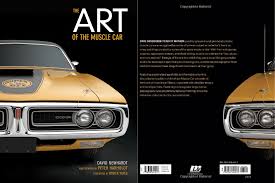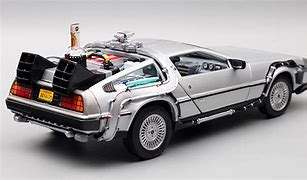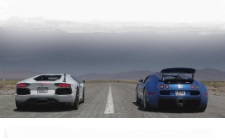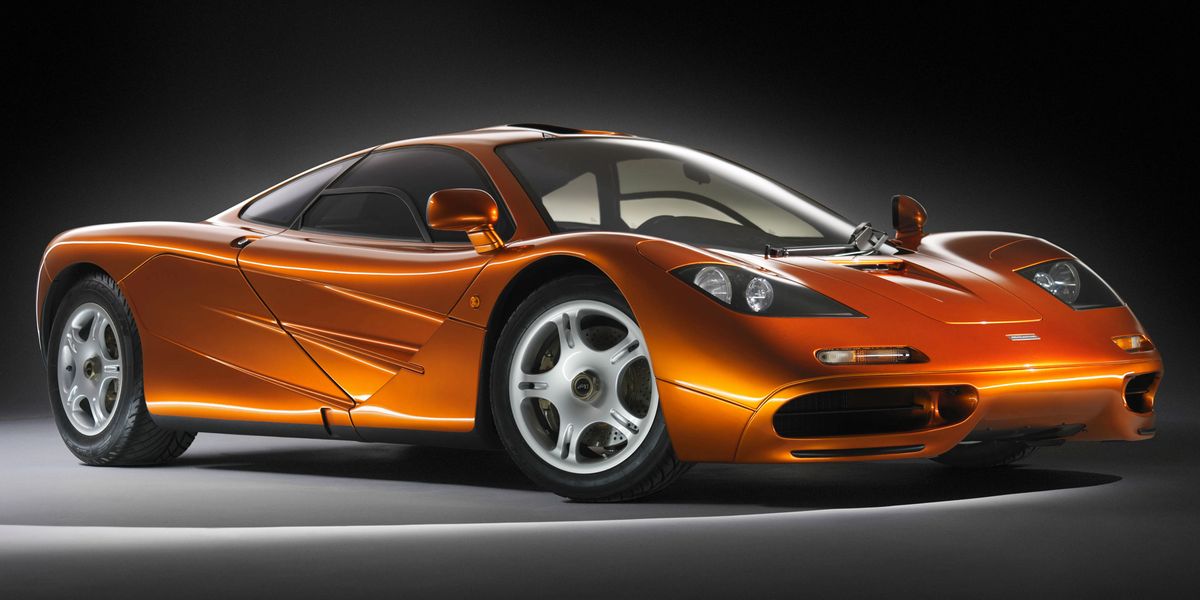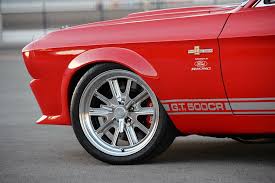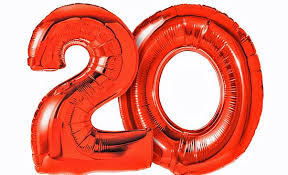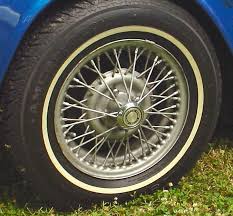A brief history of
Renault
Introduction
The car manufacturer Renault has made an important impact on the automotive world. In this article we will give a brief but detailed history of the Renault marque.
We will look at the origins of Renault looking at who, why, where and when Renault was founded. We'll look at the design of the iconic Renault logo and what are some the more significant Renault models.
We'll take a glance at what racing history the Renault has and who some of the most important people have been in the history of Renault over the years.
Who, where, when and why was
Renault founded?
Renault, a renowned automobile manufacturer, was founded on February 25, 1899, by Louis Renault and his brothers Marcel and Fernand. The company's inception took place in Boulogne-Billancourt, a suburb of Paris, France. At the time of its establishment, the automotive industry was still in its early stages, and the Renault brothers saw an opportunity to contribute to this emerging field.
The motivation behind the creation of Renault stemmed from the brothers' passion for engineering and innovation. They sought to revolutionize transportation by producing reliable and affordable vehicles for the masses. Their vision was to make automobiles accessible to a wider audience and provide them with a means of convenient and efficient transportation.
Louis Renault, the driving force behind the company, had a keen interest in mechanical engineering from a young age. He possessed a natural talent for invention and quickly gained a reputation for his technical skills. Alongside his brothers, Louis developed the first Renault prototype, the Voiturette, which proved to be successful and laid the foundation for future Renault models.
The location of Renault's headquarters in Boulogne-Billancourt played a crucial role in the company's growth. Situated near the heart of Paris, it provided convenient access to the market and facilitated interactions with suppliers, customers, and industry stakeholders. This strategic positioning allowed Renault to establish itself as a prominent player in the French automotive industry.
Renault's commitment to innovation and forward-thinking strategies propelled its growth over the years. The company's success can be attributed to its ability to adapt to changing market trends and customer demands. Renault has introduced several groundbreaking models throughout its history, incorporating technological advancements and pioneering designs.
Renault was founded by the Renault brothers with the aim of revolutionizing transportation and making automobiles accessible to the masses. Their passion for engineering, combined with their commitment to innovation and affordability, has positioned Renault as a leading player in the automotive industry.
How did the
Renault logo originate?
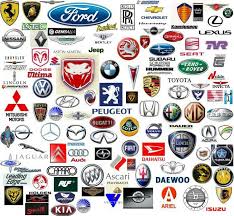
How did the Renault logo originate?
The history of the Renault logo is closely intertwined with the evolution of the company itself. Over the years, the logo has undergone several modifications, reflecting the brand's identity and values. The first Renault logo featured the company's name in a bold and distinctive font, emphasizing its French origin and the family name behind it.
In the 1920s, Renault introduced a new logo that incorporated a diamond shape, representing both elegance and robustness. The diamond symbolized the strength and durability of Renault vehicles, while its sleek design reflected the brand's commitment to modernity. This logo became synonymous with the Renault brand and was used for several decades.
In the 1990s, Renault embarked on a journey of reinvention and sought to revitalize its brand image. As part of this effort, the logo underwent a significant transformation. The diamond shape was retained, but it was now enclosed within a yellow background, representing warmth and optimism. The new logo also featured a stylized, more dynamic font for the company's name.
More recently, in 2015, Renault unveiled its current logo, designed to reflect the brand's vision of the future. The diamond shape was simplified and given a 3D effect, representing the brand's ambition to embrace technological advancements and innovation. The typography was refined, with a clean and modern font, conveying a sense of sophistication and progress.
Throughout its history, the Renault logo has evolved to mirror the company's values, aspirations, and market positioning. It serves as a visual representation of the brand's identity and communicates its commitment to innovation, elegance, and French heritage.
What are some of the significant
Renault models?
Renault, as a car manufacturer, has produced a wide range of models throughout its history, including several notable high-performance vehicles that have left their mark on the automotive industry. From compact hatchbacks to powerful sports cars, Renault has consistently demonstrated its engineering prowess and commitment to delivering thrilling driving experiences.
One of the most iconic performance models in Renault's history is the Renault 8 Gordini. Introduced in the 1960s, this compact sports car became renowned for its exceptional handling and agility. With its rear-wheel drive, lightweight construction, and powerful engine, the Renault 8 Gordini dominated rally competitions and garnered a strong following among driving enthusiasts.
In the 1980s, Renault launched the Renault 5 Turbo, a compact hatchback that took the concept of hot hatchbacks to new heights. The Renault 5 Turbo featured a mid-mounted turbocharged engine, rear-wheel drive, and aggressive styling. Its blistering acceleration and nimble handling made it a formidable competitor in rally racing, where it achieved considerable success.
In the early 2000s, Renault introduced the Megane RS, a high-performance version of its popular compact car. With its turbocharged engine, precise handling, and sporty design, the Megane RS quickly established itself as a benchmark in the hot hatch segment. It went on to win numerous awards and accolades for its performance and driving dynamics.
Continuing its commitment to performance, Renault unveiled the Alpine A110 in 2017, a modern reinterpretation of the legendary Alpine sports car. The A110 combined lightweight construction, rear-wheel drive, and a powerful turbocharged engine to deliver an exhilarating driving experience. Its sleek design and agile handling garnered critical acclaim and revived the Alpine brand.
Renault's commitment to high-performance models continued with the introduction of the Renault Sport Mégane R.S. Trophy-R. Released in 2019, this track-focused variant of the Mégane R.S. set multiple lap records at renowned racetracks, showcasing Renault's engineering expertise and dedication to pushing the boundaries of performance.
Renault's Clio, a popular compact hatchback, has also seen its fair share of high-performance variants that have captured the hearts of driving enthusiasts. These performance versions of the Clio have been celebrated for their spirited performance, agile handling, and stylish design.
One notable performance model in the Clio lineup is the Renault Clio Williams. Introduced in the 1990s, the Clio Williams was developed in collaboration with the Williams Formula 1 team. It featured a powerful 2.0-liter engine, sport-tuned suspension, and distinctive blue paintwork. The Clio Williams showcased Renault's commitment to delivering thrilling driving experiences in a compact package.
In later years, Renault continued to expand the Clio's performance lineup with models like the Clio Renault Sport 172 and its successor, the Clio Renault Sport 182. These hot hatches boasted enhanced power, upgraded suspension systems, and aerodynamic styling. With their responsive handling and dynamic performance, they quickly gained a reputation among enthusiasts as some of the best hot hatches in their respective eras.
Renault further raised the bar with the introduction of the Clio Renault Sport 200 in the 2010s. Powered by a turbocharged 1.6-liter engine, this hot hatch delivered impressive acceleration and precise handling. It offered various performance-enhancing features, including a limited-slip differential and a sport-tuned chassis. The Clio Renault Sport 200 showcased Renault's commitment to engineering excellence and its ability to create exhilarating performance cars in the compact segment.
More recently, Renault introduced the Clio RS Line, which combines the sporty design cues of the performance models with a range of engine options to suit different driving preferences. The RS Line offers a sporty appearance package, including unique exterior styling elements and a sporty interior with bolstered seats and sport pedals.
These are just a few examples of Renault's most significant high-performance models. Throughout its history, Renault has consistently pushed the envelope in terms of performance and innovation, creating cars that are not only exhilarating to drive but also showcase the brand's passion for motorsport and engineering excellence.

One of Renault's Most Iconic Models
Who are some of the most important people in
Renault's History
Behind the success and innovation of Renault, there have been numerous individuals who have played pivotal roles in shaping the brand and its cars. From visionary leaders to talented designers and engineers, these people have left a lasting impact on Renault's legacy.
One significant figure in Renault's history is Louis Renault, the company's founder. Born in 1877, Louis Renault was an ingenious engineer who co-founded Renault with his brothers Marcel and Fernand. Louis Renault's engineering brilliance and entrepreneurial spirit were instrumental in establishing Renault as a leading automobile manufacturer. He was known for his innovative designs and technological advancements, including the invention of the first direct-drive gear system.
Another influential figure in Renault's history is Raymond Lévy, who served as the company's CEO from 1986 to 1992. Lévy played a crucial role in transforming Renault into a global brand. Under his leadership, Renault focused on innovation and expansion, launching successful models like the Renault Clio and Renault Twingo. Lévy's strategic vision and business acumen helped Renault regain its position as a major player in the automotive industry.
Renault's commitment to design excellence can be attributed to individuals like Patrick Le Quément. Le Quément, the former Vice President of Corporate Design, led Renault's design department from 1987 to 2009. He was responsible for introducing a fresh and distinctive design language to Renault's vehicles, characterized by bold lines, sleek profiles, and expressive styling cues. Le Quément's creative vision played a significant role in shaping the aesthetic identity of Renault's modern cars.
In recent years, Carlos Ghosn emerged as a prominent figure in Renault's history. As the CEO of the Renault-Nissan-Mitsubishi Alliance, Ghosn oversaw the strategic partnership between the three automakers. His leadership and management skills were instrumental in achieving significant growth and synergies among the companies. Ghosn's efforts to drive innovation and promote electric vehicle technology positioned Renault as a leader in sustainable mobility.
These individuals, along with many others, have contributed their expertise, passion, and vision to make Renault the influential and respected brand it is today. From the pioneering spirit of Louis Renault to the design mastery of Patrick Le Quément and the strategic leadership of Raymond Lévy and Carlos Ghosn, Renault has been fortunate to have remarkable individuals who have left an indelible mark on its journey of success.

One of the most influential people in the history of Renault
Renault's Racing History
Renault has a rich history in motorsport, with a strong presence in various racing disciplines. The brand's involvement in racing dates back to the early 1900s when the company began competing in prestigious events, showcasing its engineering prowess and performance capabilities.
One notable chapter in Renault's racing history is its participation in Formula 1. Renault made its Formula 1 debut in 1977, and over the years, the team achieved great success and became a dominant force in the sport. In the late 1970s and early 1980s, Renault introduced the turbocharged engine technology in Formula 1, revolutionizing the sport. The Renault-powered cars, such as the Renault RS01 and the iconic Renault RE40, showcased remarkable speed and reliability.
In the 1990s, Renault returned to Formula 1 as an engine supplier to various teams. The partnership with Williams resulted in multiple World Championships, with drivers like Damon Hill and Jacques Villeneuve achieving remarkable success behind the wheel of Renault-powered cars. The Renault engine was renowned for its power and efficiency, cementing the brand's position as a force to be reckoned with in the sport.
Renault's commitment to motorsport extended beyond Formula 1. The brand also had a strong presence in rally racing, notably in the World Rally Championship (WRC). In the 1980s, Renault achieved significant success in rallying with iconic models like the Renault 5 Turbo and the Renault Clio Williams. These cars demonstrated exceptional performance on challenging rally stages, earning numerous victories and championship titles.
Additionally, Renault has been involved in endurance racing, including the prestigious 24 Hours of Le Mans. In collaboration with Alpine, Renault achieved success in the Le Mans Prototype (LMP) category. The Renault-powered Alpine A442B secured overall victory at the 24 Hours of Le Mans in 1978, showcasing Renault's engineering excellence and endurance capabilities.
Renault's racing heritage is not limited to circuit and rally racing. The brand has also been actively involved in electric vehicle racing, particularly in the Formula E championship. Renault's Formula E team has consistently demonstrated competitive performance, leveraging its expertise in electric vehicle technology to achieve podium finishes and contribute to the development of sustainable mobility solutions.
Through its presence in various racing disciplines, Renault has showcased its commitment to performance, innovation, and pushing the boundaries of automotive engineering. The brand's involvement in Formula 1, rally racing, endurance racing, and electric vehicle racing has not only provided exciting competition but has also fueled technological advancements and inspired the development of high-performance road cars.
Summary
Renault is a renowned car manufacturer with a rich history in the automotive industry. From its humble beginnings in 1899, the company has grown into a global powerhouse, known for its innovation, style, and performance. With a diverse lineup of vehicles ranging from compact cars to SUVs and electric models, Renault has established itself as a leader in the industry.
Throughout the years, Renault has demonstrated its commitment to pushing the boundaries of automotive engineering. The brand's participation in motorsport, including Formula 1, rally racing, and endurance events, has not only showcased its performance capabilities but has also contributed to technological advancements and inspired the development of high-performance road cars. Renault's success in Formula 1, with multiple World Championships as both a constructor and an engine supplier, has solidified its position as a force to be reckoned with in the world of motorsport.
Furthermore, Renault has embraced the shift towards electric mobility, with a range of electric and hybrid models that combine sustainability with impressive performance. The brand's dedication to electric vehicle technology is further exemplified through its involvement in the Formula E championship, where Renault's Formula E team has consistently displayed competitive performance and contributed to the development of sustainable mobility solutions.
With a legacy of innovation, a strong presence in motorsport, and a commitment to electric mobility, Renault continues to shape the automotive industry and provide drivers with exciting and technologically advanced vehicles. From the racetrack to the road, Renault's passion for performance and forward-thinking approach have made it a respected and influential player in the global automotive landscape.
View Renault Car Specifications
More Manufacturer Histories.
